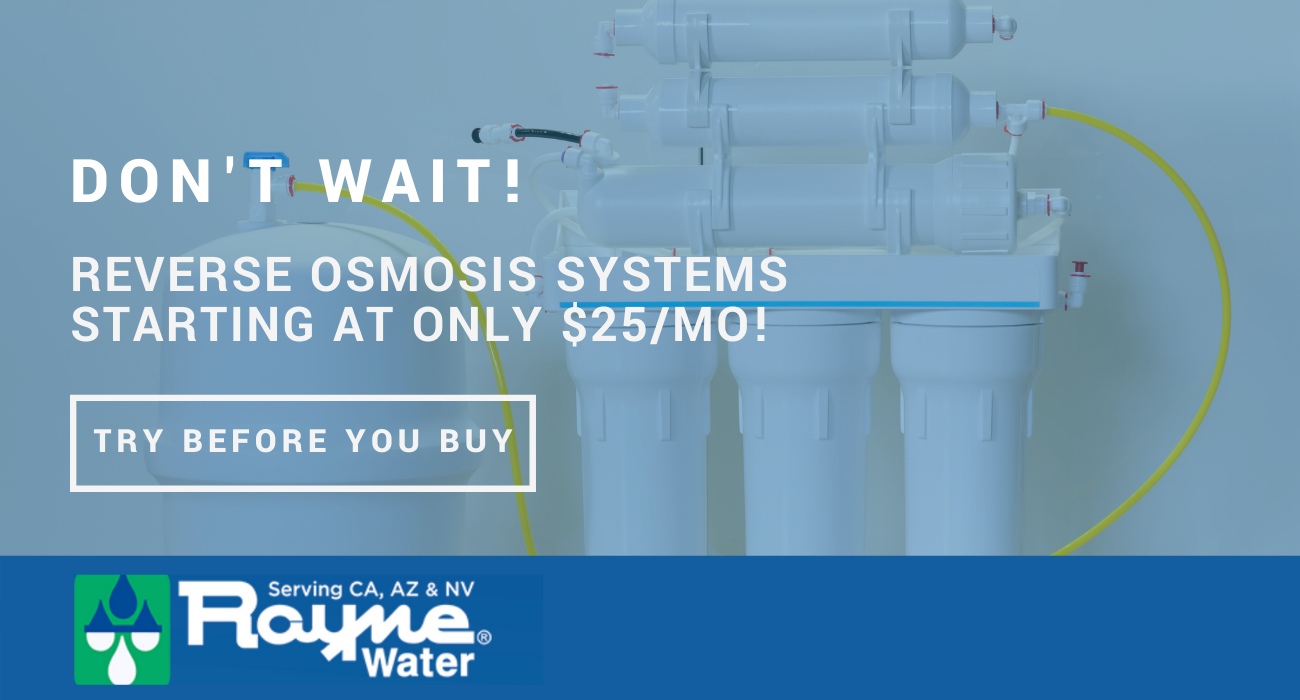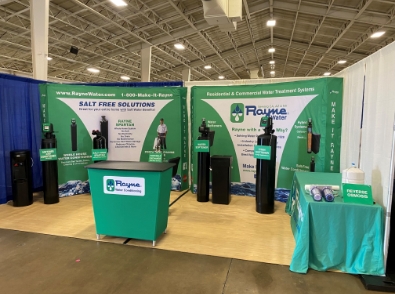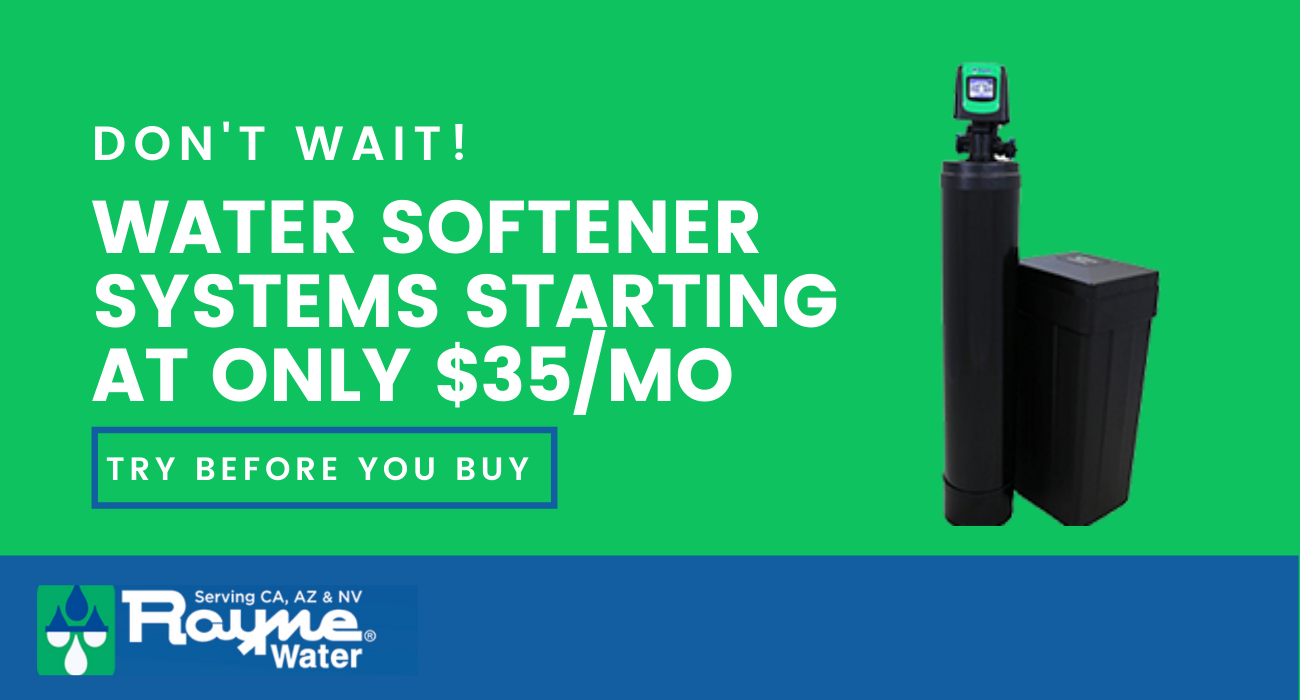What is a water filter? A water filter removes harmful contaminants from your water. To remove contaminants, there are different types of water filtration systems. These different types of filtration systems have advantages and drawbacks that make them suitable for removing certain contaminants but not others. Many people question do water filters work. Let’s dig into what is in a water filter to really understand their importance.
Types of Water Filtration Systems
The three most common methods of filtering water within a residential setting are reverse osmosis, activated carbon, and ion-exchange. Each of these filtration methods has advantages and disadvantages that make them suitable for some applications and unsuitable for others. Understanding how do water filters work can help you gain a better sense of what are water filters and which type of system might be right for your needs.
Reverse Osmosis
Reverse osmosis (RO) systems use pressure to force contaminated water through a specialized membrane. The membrane in an RO system contains very small pores that allow water molecules through, but contaminants that are larger than the water molecule can not pass through.
One of the most visible uses of reverse osmosis technology is to remove salt from seawater to create freshwater known as desalination. The same technology is how a residential reverse osmosis system reduces the number of total dissolved solids (TDS) from contaminated water.
Reverse osmosis systems have several advantages. They are extremely effective at removing most contaminants from water. This includes salt, nitrates, or mineral ions. Reverse osmosis systems for home use are also quite small, allowing them to conveniently be installed under a sink or in a tight space.

Activated Carbon
Activated carbon filtration is the most common water filter that you’ll find in a residential setting. Activated carbon is a type of charcoal that has been treated with oxygen, making it more porous and more effective at trapping contaminants. Activated carbon filters trap contaminants through a process known as adsorption.
Activated carbon filtration will remove contaminants that are attracted to carbon. This includes chlorine, pesticides, industrial solvents, and other carbon-based contaminants. Activated carbon filters won’t remove contaminants that aren’t attracted to carbon, which includes nitrates, sodium, and the heavy metals and minerals that contribute to water hardness.
The advantage of activated carbon filters is that they are widely available, effective at reducing carbon-based contaminants, and capable of removing bad odor and taste from water. The downside is that once the porous carbon in the filter becomes saturated with contaminants it must be replaced. Also, because these filters don’t remove the entire spectrum of contaminants and bacteria they must usually be used with another filtration system.
Ion-Exchange
Ion-exchange filtration systems are used as softeners for hard water. These systems remove the mineral ions and heavy metals that increase water hardness through the process of ion exchange. These systems rely on a tank filled with porous resin beads that are negatively charged. When hard water enters the system, the resin attracts the mineral ions and extracts them from the water. The mineral ions are replaced with sodium ions, which allow the water to maintain a balanced electrical charge.
Ion-exchange filtration systems are highly effective at removing mineral ions and heavy metals, like lead and arsenic, from hard water. These systems aren’t effective at removing other contaminants. Ion-exchange systems also periodically need to be recharged. One further advantage of ion-exchange units is that they are water softeners for your entire house, which eliminates many of the most common problems associated with hard water.
Closing Thoughts
Filtration systems remove contaminants from water, but there are many different types of water filters available. Water filters in a residential setting typically use reverse osmosis, ion exchange, or an activated carbon filter. Each of these water purification processes has advantages and drawbacks that make them suitable for removing certain types of contaminants and less effective for other types of contaminants.
Many water filtration systems integrate multiple different types of filtration methods. For example, it is not uncommon for a reverse osmosis filtration system to also contain one or more in-line activated carbon filtration systems. With these types of hybrid multi-media systems, it becomes easier to remove a broad spectrum of contaminants while also improving the flavor and odor of your water.
To find out which type of water filtration system is right for you, you’ll want to have your water tested. A water test can let you know what types of contaminants you have. Then you can find the right type of water filtration system for your needs. To find out more about what water filtration options are available, please contact our water specialists at Rayne Water today.
Sources
- Hamers, Laurel. “Drinkability.” Science News 194, no. 10 (November 24, 2018): 18.
- https://www.nytimes.com/2017/05/04/us/tapwater-drinking-water-study.html
- https://www.cnn.com/2019/09/27/us/pfas-california-contamination-trnd/index.html
- https://www.ewg.org/research/toxic-forever-chemicals-detected-drinking-water-supplies-across-california#table
- https://www.explainthatstuff.com/howwaterfilterswork.html
- https://science.howstuffworks.com/environmental/energy/question209.htm





